Log in or sign up to connect with businesses, services, and your professional network.
Business Automation Tools: No, You Haven’t Saturated Your Market
Introduction
Most entrepreneurs make the same predictable mistake: they blame the market. They tell themselves the market is saturated, red oceans are full of sharks, and growth is capped. That story protects the ego. It makes failure feel external. It absolves responsibility. It gives an easy reason to stop trying. But here’s the blunt truth: unless you are literally selling to 140 people in the middle of nowhere, your market is massively larger than you think.
The problem is not the size of the market. The problem is how you’re approaching it. You are looking at the opportunity through a keyhole when a massive door stands open in front of you. You have underestimated attention, platforms, formats, and channels. You have underinvested in skill. And you have not systematized lead flow, outreach, and conversion the way modern businesses do.
If you want a platform that plugs these ideas into real tools, GFunnel’s ecosystem—Lead Connector, Flows AI, AI-powered contract management, no-code website builders, and CRM—lets you execute at scale without building a patchwork of disconnected software. Create an account at https://www.gfunnel.com to test these ideas in practice.
Table of contents
- Chapter 1: Why the "Saturated Market" Excuse Destroys Growth
- Chapter 2: The Practical Playbook — From One Channel to Omnipresence
- Chapter 3: GFunnel — The All-in-One Stack That Makes Expansion Simple
- Chapter 4: Feature Deep Dive — Lead Connector, Flows AI, Contract AI, Websites, CRM
- Chapter 5: How to Scale Locally and Then Globally — The Five Directions of Growth
- FAQs
- Conclusion and Next Steps
Chapter 1: Why the "Saturated Market" Excuse Destroys Growth
Here is the reality: 99% of people who say the market is saturated are wrong. That sentence is not rhetorical. It comes from watching thousands of founders. The average entrepreneur has tapped less than 1% of their actual market. You have multiple blind spots that make you believe the pie is small.
First blind spot: you measure your market by a single channel or format. You post to Instagram? Great. You run one ad set on Facebook? Fine. You think that equals market coverage. That is not market coverage. That is one tiny slice of attention. When a competitor comes into your niche and they do the same single thing you do, your brain says the pie shrunk. It did not. Your share of attention on that platform may have decreased, but the aggregate market is orders of magnitude larger across platforms, formats, and contexts.

Second blind spot: you mistake lack of skill for lack of demand. If your ads plateau at $1,000 per day, you may conclude Facebook is saturated. But the actual problem is your creative, copy, funnel, or targeting. Or you are advertising only to one awareness level. You only know how to advertise to the people who already understand the solution. There are multiple levels of awareness above and below that. Once you learn to craft offers and creative that move people along the awareness spectrum, the market opens.
Third blind spot: you confuse competition with opportunity. Red ocean means there is demand. Blood in the water means the fish are thick. The bigger the shark population, the more prey you can potentially catch if you can swim with better tactics. Where there is fierce competition, there are often the biggest rewards.
Fourth blind spot: you fail to model the full attention economy. Attention is fragmented across short-form, long-form, search, email, SMS, podcast, radio, TV, physical mail, in-person events, and more. You may be active on one or two of these. Your competitors occupy others. None of you are reaching 100% of the total addressable attention. Which means there's enormous whitespace.
Fifth blind spot: you underestimate extension opportunities. One location is not your company’s lifetime ceiling unless the location is in an extremely tiny market. Expand hours, alter class or appointment cadence, add virtual offers, open another location, or convert into franchises. Most single-location businesses can scale to seven figures and beyond by duplication and systematization.
When you start saying lines like, "There's no one in my market who can sell" or "I can't find good salespeople here," translate those into statements you control. Say, "I don't have the skill to hire and manage great salespeople." Or, "I need to improve my lead generation systems." That makes you the owner of the outcome. You go from victim to source.
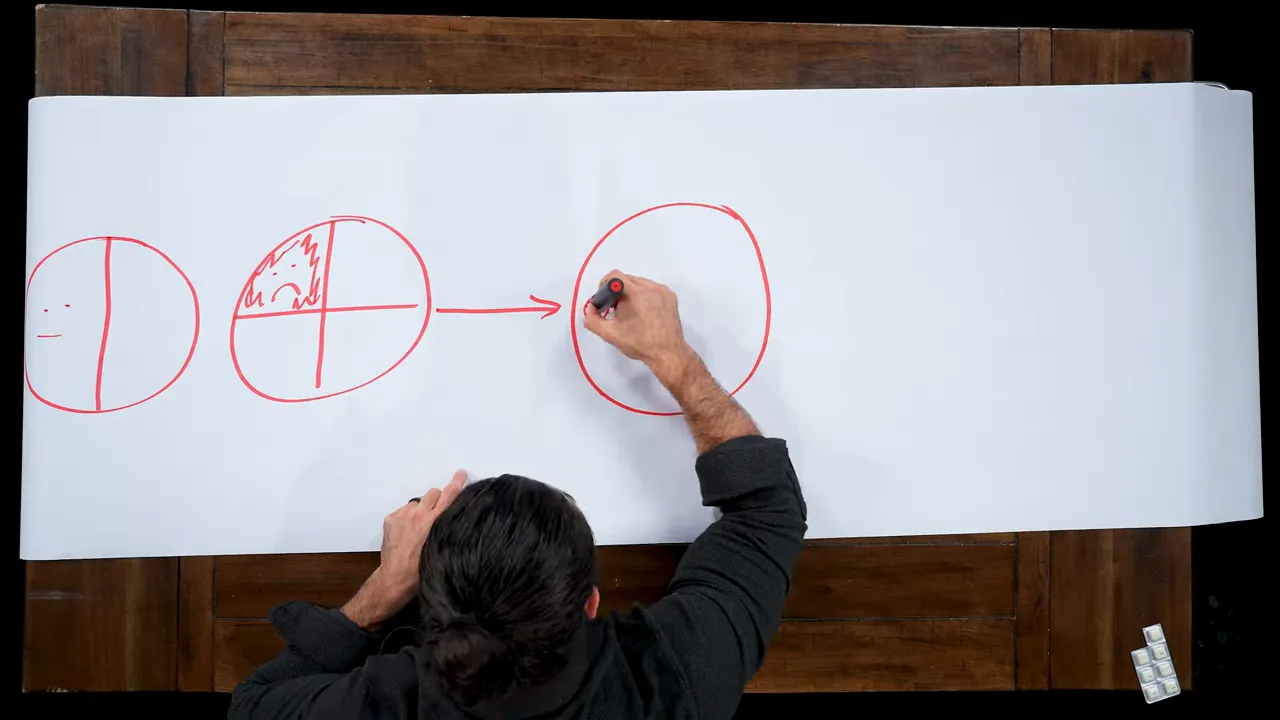
Real-world example: the outbound revelation
I was running Gym Launch. I interviewed a lead sales rep from another company selling gym software. They were doing 10 million a month. I thought outbound couldn't create that demand for gyms. They were doing it with an outbound model and it broke a belief for me. The lesson: you will regularly encounter business models and channels that seem implausible until someone proves them. That’s why being curious and experimenting across channels matters.
Chapter 2: The Practical Playbook — From One Channel to Omnipresence
If you accept that the market is bigger than you think, the next question is: how do you capture it? The answer is simple in theory and tactical in practice. It’s: omnipresence. You must be recognized across multiple channels, reach multiple levels of awareness, and pair content with paid amplification and targeted outreach.
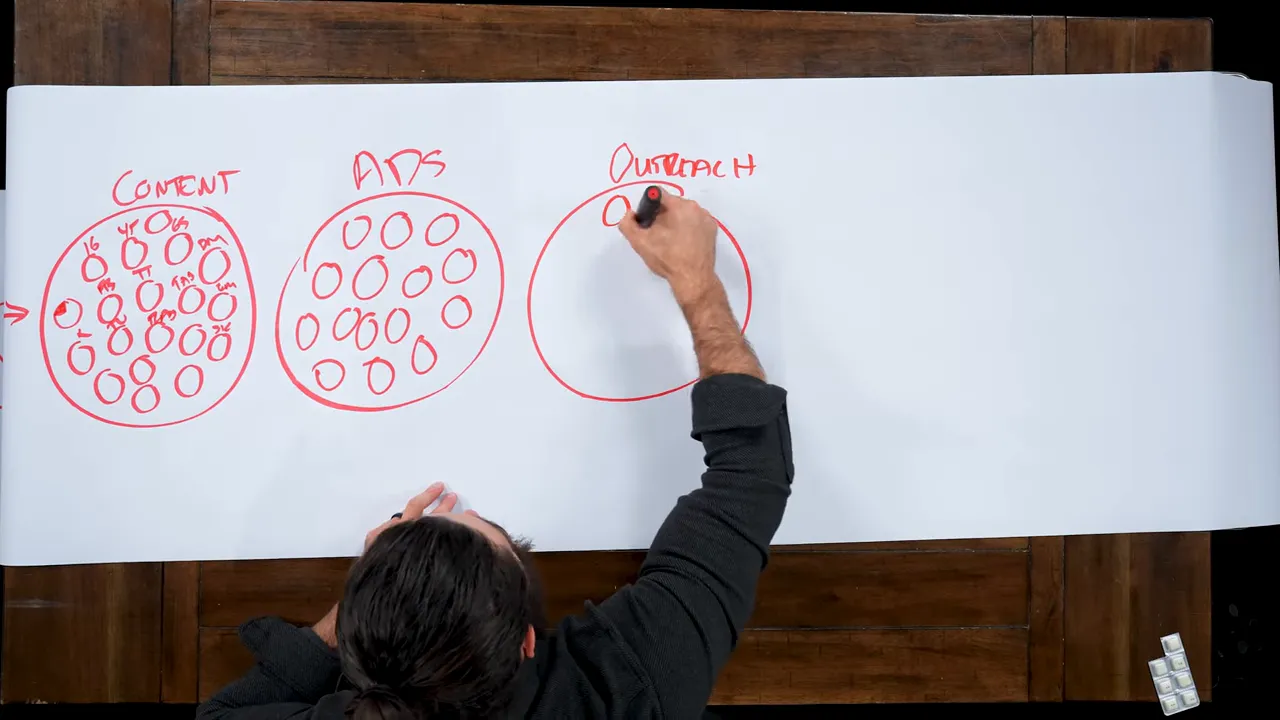
Step 1. Nail one avatar, one product, one channel until you have reliable unit economics up to a reasonable scale. This is a rule I recommend for early-stage businesses. Focus gives you speed, repeatable offers, and clean data. Most founders short-circuit this principle and try to be everywhere at once. Don’t.
Step 2. Expand channels deliberately. Once you have product-market fit and a repeatable acquisition model, add channels one at a time: organic long-form content on YouTube, short-form on TikTok and Instagram Reels, search presence via SEO and Google Ads, email and SMS for retention and remarketing, and outreach like DMs, LinkedIn messages, and direct mail for higher-touch prospects. Each channel is a new slice of attention you control.

Step 3. Multiply formats on each platform. Instagram is not one tactic. It is posts, stories, Reels, IGTV, guides, and paid ads. YouTube is shorts, long-form, community posts, and ads. Google search includes paid and organic. Most businesses treat a platform as a single lever. Treat each platform like a suite of levers and you multiply reach without needing a larger addressable market.
Step 4. Combine inbound with outreach. Ads and content attract attention. Outreach converts it faster when done in a structured way. Outbound channels like email sequences, LinkedIn DM sequences, phone calls, or personalized videos cut through when the cost per lead is worth it. Outbound isn't dead. It’s just one more lever to scale demand.
Step 5. Use automation and smart funnels. As volume scales, manual follow-up breaks down. That is where flows, sequences, AI-driven routing, and rules-based automations win. You cannot personally manage thousands of leads and messages. You need a system that responds, qualifies, and routes automatically while retaining the capacity for a human touch at the critical moments.

Step 6. Measure and iterate. Analytics is not optional. Traffic without conversion is noise. Track CPM, CTR, CVR, CAC, LTV, retention, and employ cohort analysis to understand which channels produce the high-quality customers that return and refer. Then allocate incrementally more spend and resources to those channels until diminishing returns kick in, and then diversify again.
These steps are not theoretical. They are how modern companies compound attention into predictable revenue. But all this requires tooling that plays nicely together. If you stitch together ten SaaS tools with ten different integrations and billing cycles, you’ll spend months patching issues and lose speed. That’s why the right all-in-one stack matters.
Watch how GFunnel transforms businesses in this 3-hour deep dive.
Chapter 3: GFunnel — The All-in-One Stack That Makes Expansion Simple
Execution is about decisions and tools. A tight execution loop—create content, run ads, follow-up automatically, qualify leads, close, deliver—requires software that reduces friction. GFunnel is designed to be that execution system. It is an integrated platform built for entrepreneurs, creators, and small businesses that want to move fast without wrestling with a dozen vendors.
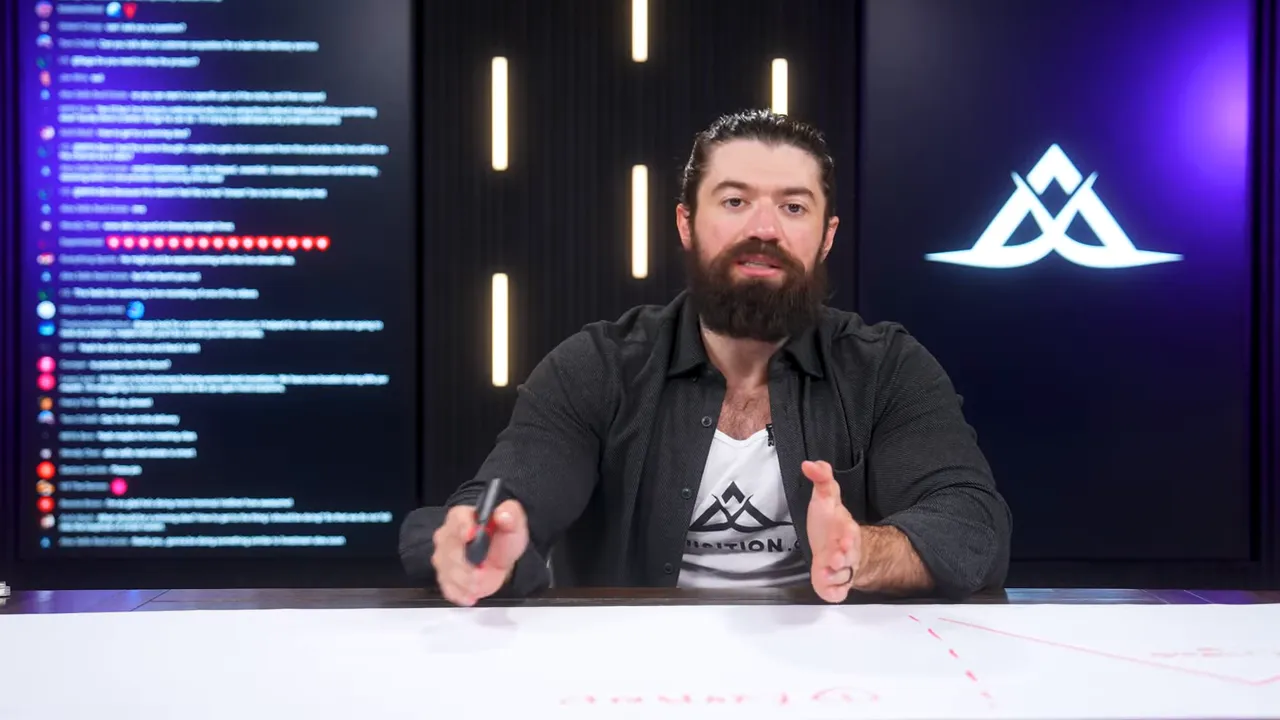
Let’s map the pain points entrepreneurs feel to specific GFunnel capabilities.
- Pain: Fragmented tech stack and slow iteration
- GFunnel solution: Lead Connector and an integrated funnel builder allow you to publish pages, capture leads, and run campaigns without glue code. Create an account: https://www.gfunnel.com/create-account
- Pain: Manual follow-up and no-scale sales process
- GFunnel solution: Flows AI builds dynamic sequences. Automate initial qualification, deploy follow-up messaging across SMS, email, and messenger, and let intelligent rules escalate hot leads to humans.
- Pain: Contracts and legal friction slow conversions
- GFunnel solution: AI-powered contract management streamlines signatures, templates, redlines, and renewals. Closing should not be the bottleneck.
- Pain: Website creation and landing page development is slow and expensive
- GFunnel solution: Drag-and-drop builders with optimized templates let you ship pages in minutes and test offers faster than ever. Visit https://www.gfunnel.com/funnel-home to see templates.
- Pain: No consolidated CRM or analytics
- GFunnel solution: A central CRM brings lead data, touchpoints, and revenue analytics into one place so you can optimize for retention and lifetime value. See https://www.gfunnel.com/crm
GFunnel is not a magic bullet. It is the hygiene that lets you build the muscle you need: better creative, sharper offers, more consistent execution, and relentless iteration. When your tools don’t fight you, you can focus your energy on the two real drivers of growth: offer and distribution.
Lead Connector: Where the funnel connects to outcomes
The first problem to solve is reliable lead capture and routing. Lead Connector is GFunnel’s centralized lead system. Think of it as the nerve center where every page, ad, webinar, and messenger interaction plugs in. When a lead comes in, Lead Connector records the source, tags the awareness level, and puts the lead into the right Flows AI sequence. This is how you stop losing leads and start scaling conversions predictably.
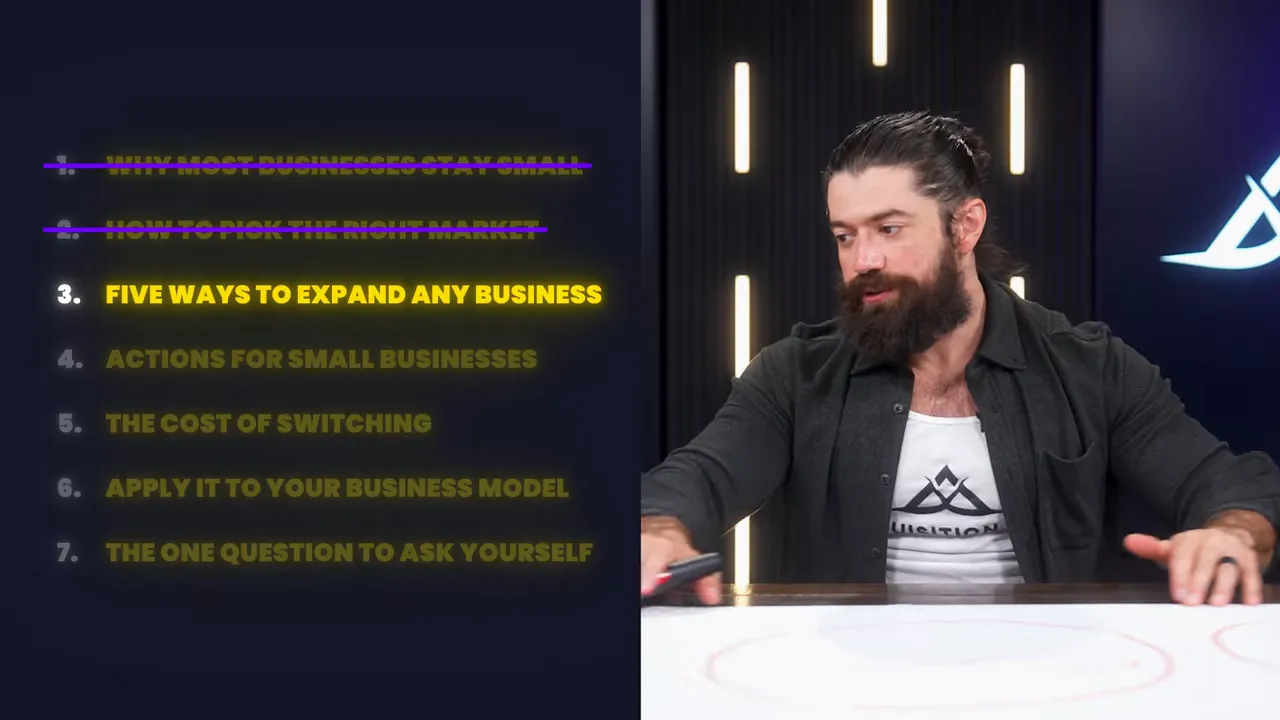
Flows AI: Automate human-touch follow-up at scale
Flows AI is the automation layer that replaces brittle manual processes. It sequences emails, SMS, and messenger responses, and it uses conditional logic to qualify and segment. When a lead shows buying signals, Flows AI notifies your sales team, populates the CRM, and pushes the right contract template for closure. You get speed without losing the humanity that closes deals.
AI-powered contract management: reduce friction at the moment of truth
Contracts are often where deals stall. GFunnel’s contract tools automate templating, redlining, e-signatures, and renewals. Combine bold, low-risk offers—think guarantees and trial windows—with fast contract execution and you remove the last objection from fence-sitters.
If you want to explore automation-specific features, visit https://www.gfunnel.com/automation-home
Chapter 4: Feature Deep Dive — Lead Connector, Flows AI, Contract AI, Websites, CRM
This chapter is a practical breakdown of how each GFunnel module maps to the tactical playbook I outlined earlier: omnipresence, multi-format content, paid plus outreach, and analytics-driven scaling.
Lead Connector: Capture, tag, route, and score
Lead Connector is where leads land. It captures form fills, messenger conversations, ad leads, and phone call metadata. It tags leads by source, campaign, and awareness stage. It can automatically score based on engagement, lifetime value predictors, or custom rules you define. The result: your team spends time on the leads most likely to convert, and your algorithms learn which sources create the most valuable customers.

Website and funnel builder: test offers quickly
Speed wins. If you can launch a landing page and begin testing an offer within an hour, you will iterate faster than competitors who outsource builds. GFunnel’s drag-and-drop page builder is optimized for conversion. Use templates for gyms, coaches, clinics, or e-commerce. Link your page directly to ads and lead flows so you can measure CAC and LTV from day one. See templates at https://www.gfunnel.com/funnel-home
Flows AI: sequence intelligence and escalation rules
Flows AI is more than an autoresponder. It monitors signals—email opens, SMS clicks, landing page behavior, appointment scheduling—and adapts sequences. It pauses, accelerates, or escalates to human follow-up when a lead warms. This conditional logic is crucial. In many businesses, speed-to-lead and relevant context determine conversion as much as offer quality.
AI-powered contracts: iterate offers without legal friction
Want to test a bold guarantee? Want to offer a trial with a dynamic billing schedule? Contract friction can kill experiments. GFunnel’s contract suite lets you create templates, swap terms, and obtain signatures quickly. Use J-codes for different pricing experiments. When you can ship offers fast and legally, you get feedback and revenue faster.
CRM and analytics: tie marketing to revenue
Half the industry optimizes for vanity metrics. The other half optimizes for what pays bills: revenue-per-campaign, CAC by channel, and cohort retention. GFunnel’s CRM ties every dollar back to a campaign or content piece. Stop optimizing likes. Start optimizing for net new revenue and retention.
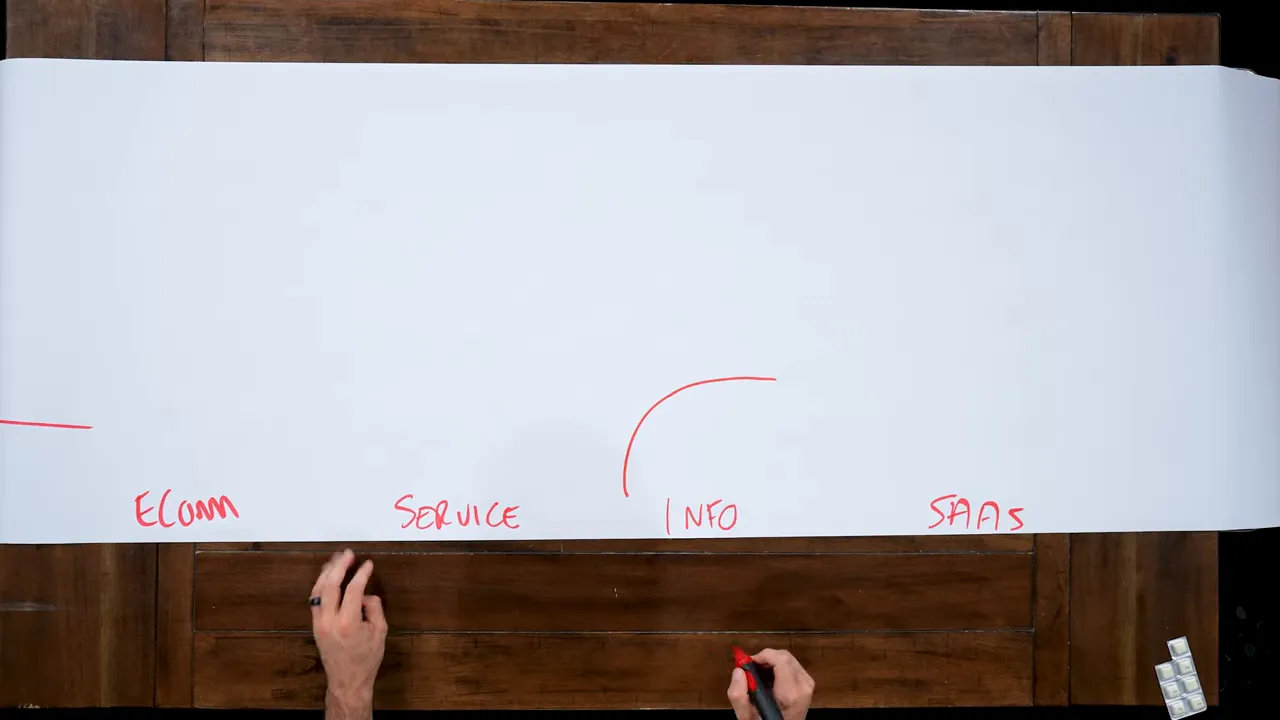
Use case: a gym owner stacking channels
Imagine you run a gym. You start with one avatar and one product: local gym memberships sold via Facebook ads. You reach $1M/year. Now you expand: create long-form YouTube content, run TikTok shorts with transformation hooks, add Google local search, and launch outbound partnerships with local businesses. You use Lead Connector to capture walk-ins and website leads, Flows AI for trial-to-member sequences, and automated contracts for membership agreements.
Within months you’ve moved from saturated feeling to omnipresent local brand. You then replicate the system into a second location, duplicating the stack and team. That path from puddle to pond to lake is not theoretical. It’s how many bricks-and-mortar and service businesses scale to multiple millions of revenue.
Chapter 5: How to Scale Locally and Then Globally — Five Strategic Directions
Once you accept the market is larger than you imagine, the practical question becomes: Which direction do I expand? There are five strategic moves you can make, and each is legitimate depending on your goals, capital, and capabilities.
- Upmarket — move to higher-value clients with bigger budgets. In my Gym Launch days, we could have targeted franchisors and multi-location operators instead of single-location gyms. The upside is larger deals and fewer clients to service, but sales cycles can lengthen.
- Downmarket — go after more, lower-ticket customers. You trade average order value for volume. This can work if you have a highly automated funnel and low marginal cost of service.
- Adjacent — move laterally into similar industries. The system that works for gyms often works for chiropractors, med spas, and physical therapy clinics. You can reuse positioning and frameworks while tweaking offers.
- Broader — expand category to a broader market. Instead of gyms, sell health and wellness solutions to spas, nutrition coaches, and clinics. This increases addressable market but requires broader messaging.
- Narrower — niche even further. Become the category king for spin studios, CrossFit boxes, or dance studios. Niche positioning drives pricing power and stronger retention early on.

Most entrepreneurs never explicitly choose one of these directions. They accept whatever money comes because they think "get any sale" will scale. That short-term thinking creates brand noise and customer confusion. Clarify your path. Pick a direction. Dominate. Then expand outward using the GFunnel system to capture cross-channel attention, automate follow-up, and replicate offers into new segments.
Cost of switching: stay or restart?
One of the most underrated advantages of focus is the head start you build. If you're three years into a business, starting a new project resets you to year one. Even if the new idea grows faster, you're still behind in time and institutional knowledge. Growth gets easier as you scale because processes, data, and capital begin to compound. The rational decision is often to double down and solve the constraint in the current vehicle rather than chase shiny new ideas.
That constraint is usually skill, not demand. Translate your excuses into competencies you can acquire: learn paid creative, hire a marketer, build basic automations, or get better at closing. When you own the skills, the market becomes an ally.
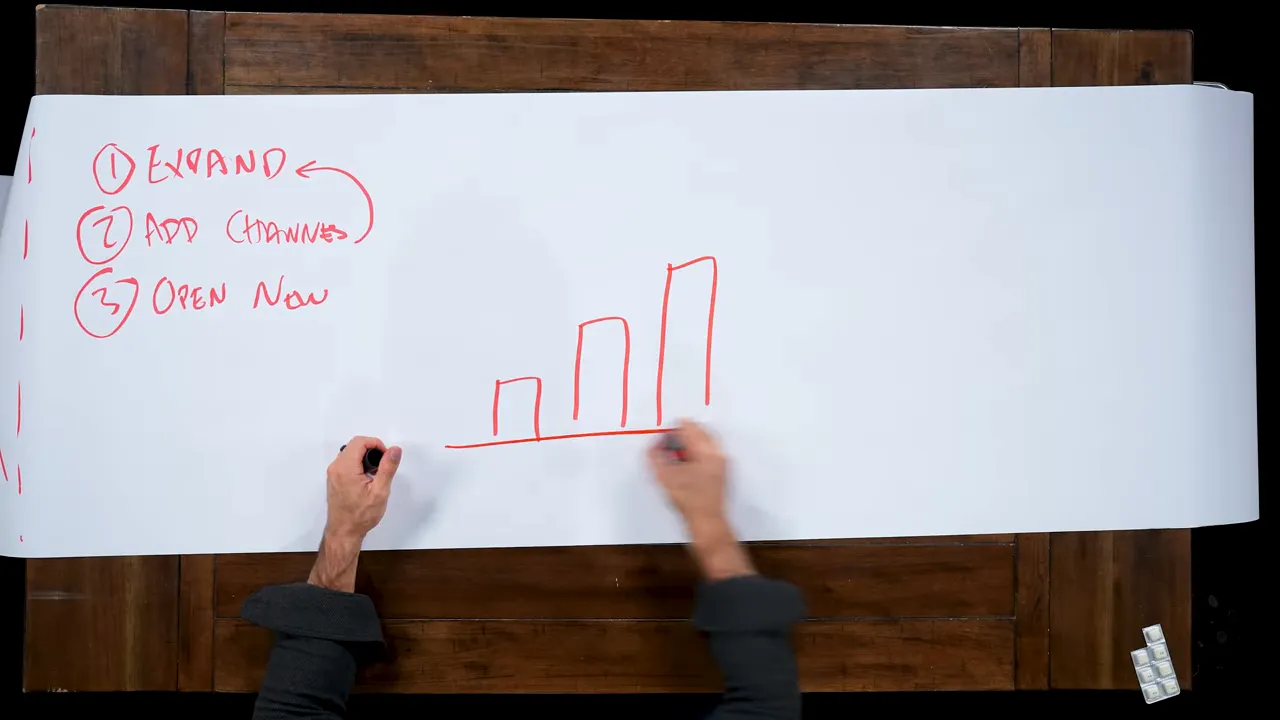
How GFunnel Accelerates the Five Directions
GFunnel is the toolset that makes each directional strategy easier to test and scale. Want to go upmarket? Use the CRM and contract automation to manage longer sales cycles and custom proposals. Want to move downmarket? Use the funnel builder to automate high-volume, low-touch conversion. Going adjacent or broader is easier when you can clone funnels, swap messaging blocks, and retarget new audiences without rebuilding pipelines from scratch.
GFunnel also enables passive income models. If you build templates and funnels that other businesses adopt, you can monetize distribution through an affiliate program. See https://www.gfunnel.com/affiliate-home for details. That passive distribution can add incremental revenue while you scale core operations.
FAQs
What is Lead Connector and how does it help me capture more leads?
Lead Connector is GFunnel’s central lead management system. It captures form submissions, messenger leads, and ad interactions, tags them by source and awareness level, scores them, and routes them into Flows AI sequences or to sales reps. This reduces lead leakage and ensures faster, more contextual follow-up. Learn more at https://www.gfunnel.com/create-account
How does Flows AI save time and improve conversion?
Flows AI automates follow-up using conditional logic, multi-channel messaging, and escalation rules. It sequences emails, SMS, and messenger replies, pauses or accelerates sequences based on behavior, and notifies sales when a lead warms. The result is faster speed-to-lead, consistent qualification, and higher close rates.
What is AI-powered contract management and why does it matter?
AI-powered contract management streamlines the legal friction that often stalls deals. It provides templates, automates clause swapping, enables fast e-signatures, and supports renewal workflows. Faster, lower-friction contracting lets you test bold offers and close deals that would otherwise stall.
Can GFunnel replace my current CRM and marketing stack?
GFunnel is designed to be an all-in-one platform. For many small to mid-market businesses, it replaces the need for multiple point solutions by providing a funnel builder, CRM, automation, analytics, and contract tools in one place. If you rely on specialized enterprise tools, GFunnel can centralize most of your core growth functions while integrating with bespoke systems as needed. Explore https://www.gfunnel.com/crm
Is GFunnel free to start?
GFunnel offers a frictionless sign-up to get you started quickly. You can create an account at https://www.gfunnel.com/create-account and test features without a heavy commitment. Paid tiers unlock advanced automation, white-labeling, and larger contact limits.
How does GFunnel support multi-location or franchise growth?
GFunnel’s templates and cloneable funnels make it simple to replicate a successful location. Use the CRM to segment locations, Flows AI to localize outreach, and the builder to publish regional landing pages. This makes the move from a single location to multiple sites predictable and repeatable. See https://www.gfunnel.com/funnel-home for examples of templates and funnels.
Conclusion and Next Steps
Your market is bigger than you think. The real limit is your strategy, skill, and systems. When you stop blaming the market and start building a repeatable stack for attention, qualification, and conversion, you unlock outcomes that were invisible from the keyhole view. Saturation is not a wall. It is a challenge. The bloodier the water, the more valuable the game.
GFunnel gives you the executional leverage to scale faster: Lead Connector captures and tags leads, Flows AI automates intelligent follow-up, contract AI removes friction at the point of sale, and the page builder gets offers live in minutes. Pair that with a disciplined strategy—one avatar, one product, one channel until scale, then expand—and you’ll compound attention into revenue.

Do this now: pick the next channel you will master, pick one automation you will deploy this week, and ship a test page using a template from https://www.gfunnel.com/funnel-home. If you need a place to start, create your account at https://www.gfunnel.com and begin with a single funnel and a single flow. Measure revenue, not vanity metrics. Iterate weekly. Scale when the math works.
One final note on mindset: there will always be an "excuse ladder" to protect the ego. Translate excuses into competency statements. Make yourself the lever. Say, "I need to learn to produce better creative" instead of "the market is saturated." When you own the problem, you own the outcome. Build the skills, build the systems, and let the market become the opportunity it already is.
Channel your success with GFunnel: https://www.gfunnel.com
Need Help Implementing This?
Schedule A Discovery Call With One Of Our Professionals

